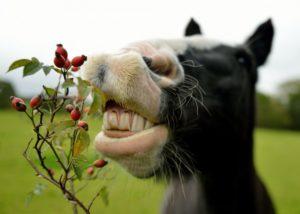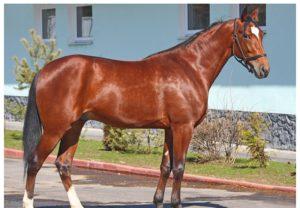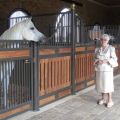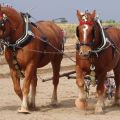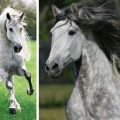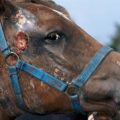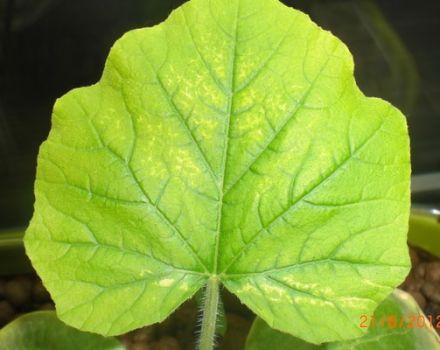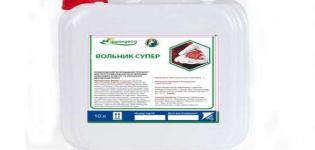How to breed horses correctly, upcoming expenses and possible benefits
Horse breeding has a long history. Horses were means of transportation, draft power, breadwinners of the family, favorites of warriors. And today, when horses have been replaced by mechanisms, these beautiful and strong animals continue to enjoy the love and respect of the people of nomadic and sedentary peoples. Modern horses are more used for sports purposes, but often they still serve people faithfully, providing both movement and food supply.
Breeding goals
Breeding and breeding horses has the following goals:
- Obtaining horses for sports, for horse racing and dressage competitions.
- For use in tourism, including for walks in nature, popular in the fashionable direction - eco-tourism.
- Selection work, breeding of new breeds.
- Creation of a labor force in a subsidiary, household or farm.
- Growing and fattening for meat.
Breeding horses for these purposes is difficult and expensive. Large costs will be required at the initial stage, in particular, if a person does not have experience working with animals. To begin with, you will have to spend a lot of time and effort on training, and then only start the practical implementation of the goal - horse breeding.
Is it profitable or not?
As a business, horse breeding will only be profitable if you have sufficient funds, knowledge, skills and desire to succeed. In this type of activity, it is impossible to count on rapid success, since first you will have to spend money, and only then, with successful circumstances and personal efforts, you can get an impressive profit.
The benefit from horse breeding can be obtained only with diligence and love for these animals, the desire to devote free time to working with them. If a person has talent, the gift of feeling the character of horses, the ability to understand business and correctly navigate financial flows, he will be able to achieve success.
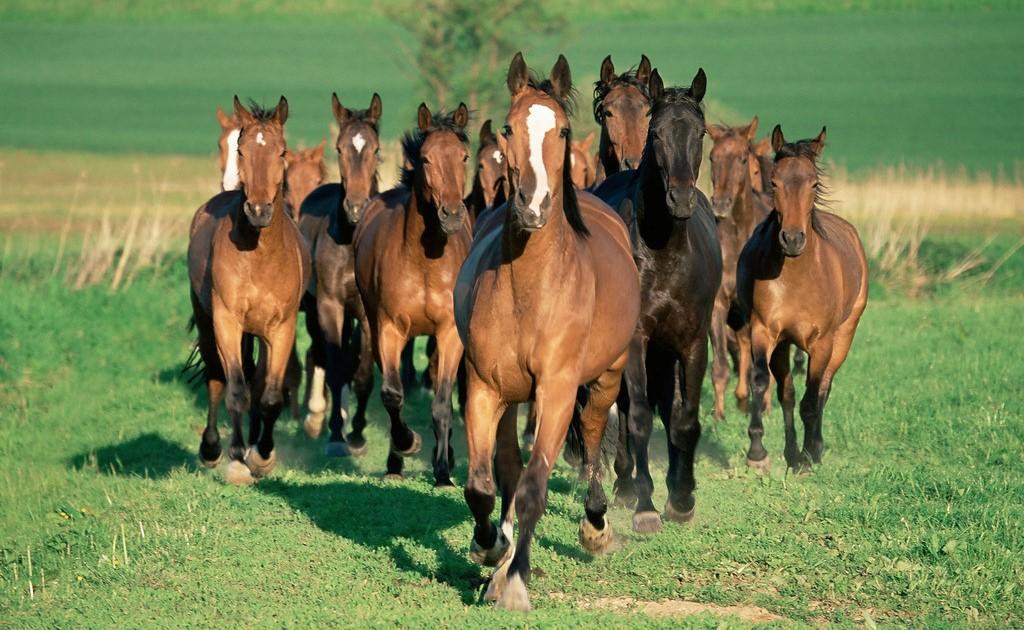
Investments and expected returns
The highest profit can be brought by breeding race horses and fattening animals for meat. While these directions offer a different approach to horses, both require a lot of investment.
To start a business, you will have to follow these steps:
- Purchase of a plot for the establishment of a horse farm. It should be large, because, in addition to the stable, you will have to allocate a place for storing feed, walking and training horses, if it is about dressage and breeding work, as well as places for slaughtering and processing carcasses, if this is planned as an activity.It may also require extensive pasture when raising horses in an open environment. During construction, it is beneficial to immediately lay the space for expanding the stable, because it will be more difficult and expensive to do this later. The cost of construction depends on the size of the premises, the materials selected, and the use of hired labor.
- Purchase of horses for breeding. The costs are also linked to the selected activity. The highest spending will be required for breeding racehorses and racehorses - pedigree breeders are expensive.
- Stern. Horses eat and drink a lot, and are picky about the quality of water and food. For the winter, the herd will have to harvest hay, oats, wheat, bran, mineral supplements. Breeding horses will require significant costs during their entire stay on the farm.
- Veterinarian services that will be needed for vaccinations, treatment, pregnancy management and childbirth.
- Slaughter specialist, if horses will not be sold live, but are raised for meat for processing at their enterprise or for sale in net weight.
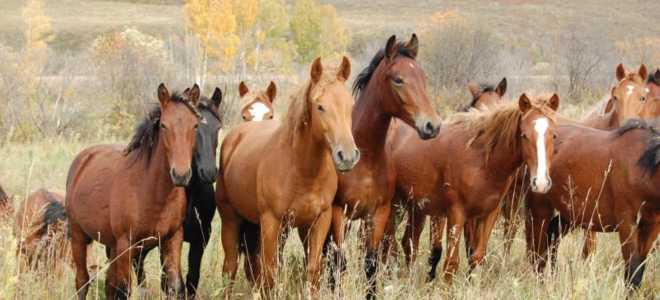
All investments will pay off if there is demand for the products, regardless of the profile of the farm. It is necessary to raise pedigree and mongrel horses where they are in demand, and fattening for meat is promising in those regions of the country where the consumption of horse meat is the norm.
Examples include the following figures:
- A stable for 2-3 horses will cost at least 150-200 thousand rubles.
- A stable for 24 stalls will cost at least 3-4 million rubles.
- On average, a horse costs 70-100 thousand rubles.
If you add all the other expenses, the amount is impressive - about 25 million rubles. Investments in horse breeding will not pay off soon. To begin with, you will have to get the first offspring, create popularity for the farm, and with meat horse breeding, achieve high quality products and gain a clientele.

Equipping a horse farm
In addition to building a stable, you will have to build the following structures:
- Cabin for staff and / or watchmen.
- Buildings for storing feed, tools, harness, and so on.
- Equip the area for walking, pasture.
You will also have to worry about the selection of experienced professional personnel:
- Manager (if the horse farm or stud farm is large enough, and the owner will not do this work himself).
- Accountant for accounting and all financial transactions.
- Grooms.
- Veterinarian (or several, if there are many animals).
- Ancillary workers.
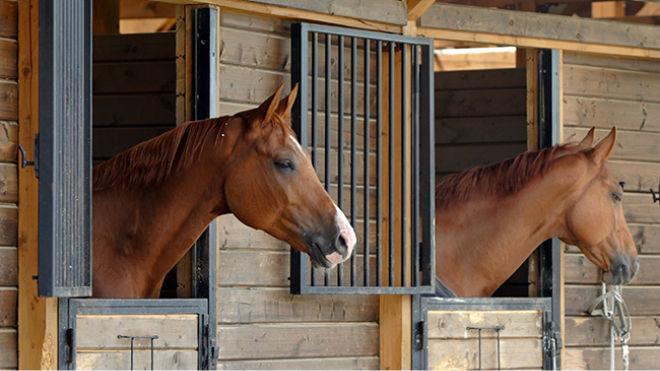
If there are two or three horses, the service can be handled by one family (with special knowledge).
Choosing a breed of horses
The most expensive is the purchase of breeding horses when breeding horses and selection work. Prices for one animal can vary significantly, as they depend on the rarity and value of the breed.
For breeding workhorses, it is best to target local breeds. They are perfectly adapted to natural conditions and are accustomed to the food supply.
For meat production, horses are also selected that can quickly put on weight, are unpretentious, with an agreeable character. The best are the horses of native breeds: Yakut, Kazakh, Novo-Altai and so on.
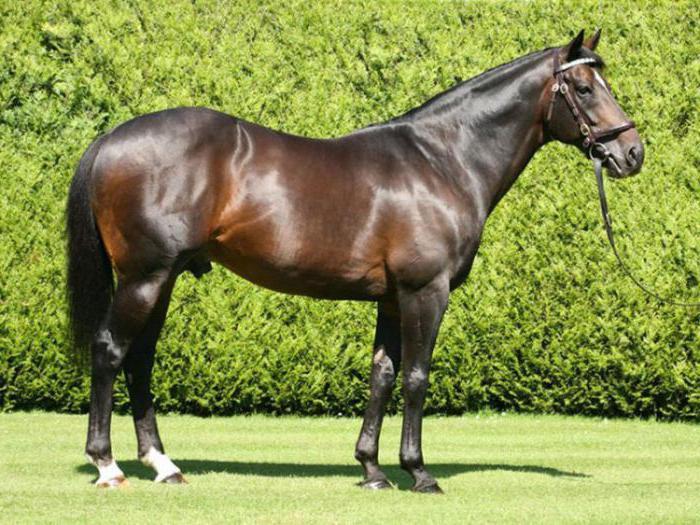
Buying horses
It is most profitable to buy horses in herds or to acquire foal mares, so you can ensure the fastest possible offspring with minimal costs. Moreover, animals must be vaccinated, they must be strong and healthy. You should buy only from trusted sellers, and take with you an experienced specialist, veterinarian or animal technician.
When purchasing pedigree thoroughbred horses for horse breeding, documents must be checked especially carefully. Buying a stud stallion is a critical step.You need to make sure that he has no family ties with the purchased mares, otherwise the offspring will be sick and unpromising.
Raising horses in pastures and stables
When grown for meat, the herd is considered the best way. This way the meat will have the lowest cost price. This method is suitable only where there are steppes of significant size for pastures. Otherwise, you will have to apply the stable or pasture-stable method. In the warm season, horses are released into pastures, where they graze on fresh green grass, and in winter they are kept in stables.

To obtain tender fatty meat, it is preferable to fatten horses in a stable keeping, for leaner ones - free-range.
Mating and insemination
If you want to breed and breed horses, it is necessary to conduct a veterinarian examination in a month to identify the most promising individuals. The start of mating depends on weather conditions and on the availability of feed. In pedigree horse breeding, mating or artificial insemination is planned for the period from February 1 to June 15 with stable and stable-pasture breeding, with herd breeding - from April 1 to June 15 or from May 1 to July 1. This is done to ensure that the mares have the maximum amount of fresh, useful feed.
The stallions assigned to mating are checked for sperm quality. Three samples are taken, the most important being the third. Also, sperm that meets GOST 2368-79 is used for reproduction.
The mare's age for mating for the first time is 4 years. Stallions of this age are limited to two cases per day, a three-year-old is allowed one cage. Adult stallions are individually challenged in terms of sperm quality and physical performance.

Basic principles of feeding
Young animals begin to fatten after weaning. The diet should include the following foods:
- Grass (hay).
- Juicy feed (potatoes, carrots, beets). A horse needs 15 to 50 kilograms of this feed per day.
- Concentrates (mainly oats, but wheat or bran, barley, corn and other grains are also added).
Horses must have constant access to clean drinking water and salt. Concentrated feed is given in the last period of fattening so that the meat is not excessively fatty.
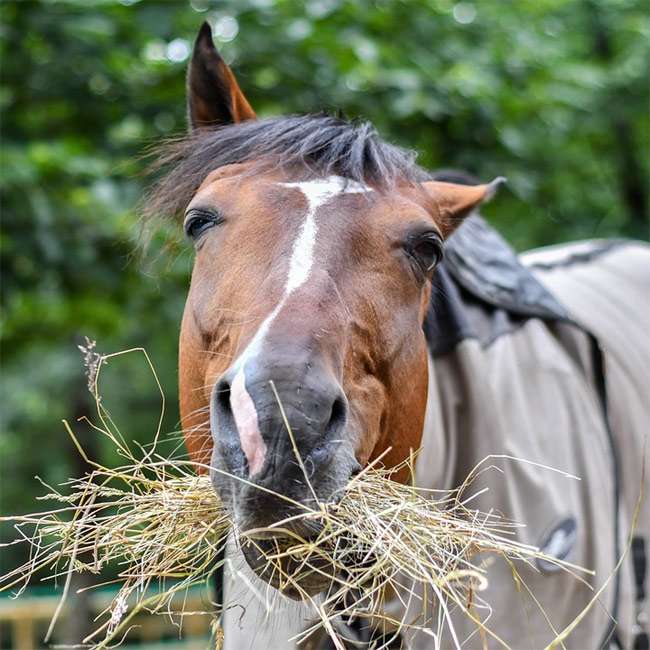
Extraction and sale of horse meat
Horses naturally gain weight and fat closer to winter, so slaughter is most often timed for this time of year. Horses are slaughtered at the age of 2-3 years with a mass of 400 kilograms. If a cold winter is coming, and there is little feed, animals older than 1 year are slaughtered.
The best parts are considered meat from the back, and the most fat is found on the ribs, neck and peritoneum. Fat horse meat is used for traditional delicacies of nomadic peoples - kazy, sujuk, mahan, karyn (a delicacy made from boiled horse stomach).
Horse meat is in high demand in regions where it is traditionally eaten, but it holds great promise compared to other types of meat. Horse meat is hypoallergenic, therefore it is suitable for feeding young children and allergy sufferers, it is nutritious and contains little harmful cholesterol.
It is most profitable to find a regular buyer who will buy meat in bulk (for large-scale production). If few animals are fattening and there is demand in the local market, you can try to retail the meat yourself - it costs more. Horse breeding is not really a business, but rather a worldview. This work requires dedication, diligence, hard work, but can pay off with high profits.
